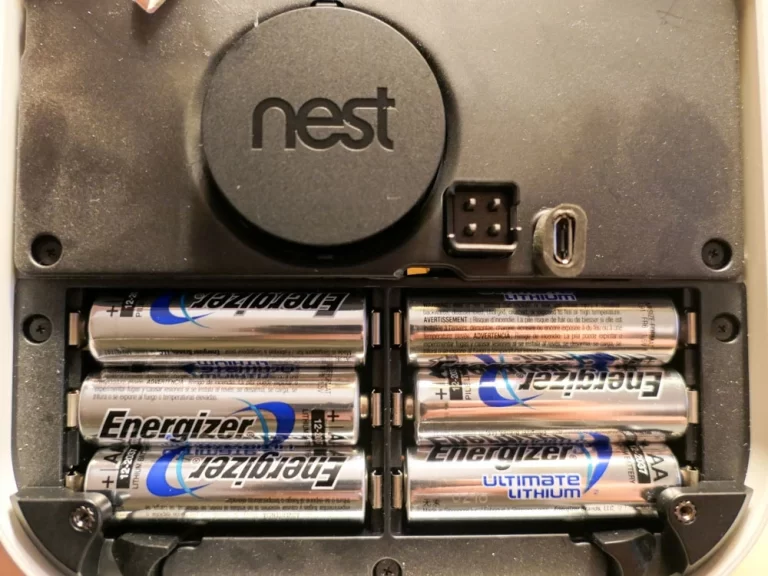How Can I Heat My House Naturally? Solar Heating
How can I heat my house naturally? Learn how to heat your house naturally in an eco-friendly way. Discover sustainable heating methods, from passive solar design to biomass heating systems. Stay warm and reduce your carbon footprint with these green heating solutions.

How Can I Heat My House Naturally?
Welcome to our comprehensive guide on how to heat your house naturally.
In this article, we will explore various methods and eco-friendly solutions to keep your home comfortably warm during the colder months, all while minimizing your carbon footprint.
By adopting these natural heating strategies, you can not only save on energy costs but also contribute to a healthier planet.
Let’s dive into the details and uncover the best ways to achieve a cozy and sustainable home environment.
1. Embrace Solar Heating
Solar heating is a highly effective and renewable energy source that can keep your house warm throughout the year.
By installing solar panels on your roof or property, you can harness the power of the sun to generate electricity or heat water for radiant heating systems.
This clean and green method reduces your reliance on traditional heating sources and makes your home more self-sufficient.
2. Harness Geothermal Energy
Geothermal heating is another eco-friendly option that taps into the Earth’s natural heat. It involves utilizing the relatively stable temperatures found underground to regulate indoor temperatures.
Geothermal heat pumps extract warmth from the ground during the winter and transfer it inside, while in summer, they carry excess heat from indoors and disperse it into the ground.
3. Make Use of Passive Solar Design
Implementing a passive solar design in your home can significantly contribute to natural heating.
This approach involves optimizing the layout, windows, and materials of your house to maximize sunlight absorption during the day.
Properly positioned windows, thermal mass, and insulation play crucial roles in retaining heat, reducing the need for artificial heating methods.
4. Utilize Biomass Heating
Biomass heating is a sustainable alternative that utilizes organic materials such as wood pellets, wood chips, or agricultural waste to produce heat.
By investing in a high-efficiency biomass stove or boiler, you can achieve efficient heating while also reducing your carbon footprint.
Ensure to use locally sourced and sustainably harvested biomass to make this option truly environmentally friendly.
5. Explore Hydronic Heating Systems
Hydronic heating is a method that circulates hot water through a network of pipes installed on your floors, walls, or radiators. This system provides gentle and consistent heat, making it both comfortable and energy-efficient.
Additionally, it allows for zone heating, meaning you can adjust temperatures in different areas of your house according to your needs.
6. Opt for Energy-Efficient Windows and Insulation

A significant amount of heat can be lost through poorly insulated windows and walls.
By investing in energy-efficient windows and insulation, you can prevent heat from escaping and maintain a warm indoor environment.
Look for windows with low U-values and choose insulation materials like cellulose, fiberglass, or foam that offer excellent thermal resistance.
7. Leverage Thermal Curtains and Drapes
Thermal curtains and drapes are designed with insulating properties to reduce heat loss through windows.
These specialized window treatments help maintain a comfortable indoor temperature by blocking cold drafts and preventing heat radiation to the outside.
They are an affordable and straightforward addition to your natural heating strategy.
8. Implement Smart Heating Controls
Integrate smart heating controls into your home to optimize your natural heating system. These intelligent devices enable you to set specific schedules, control temperatures remotely and even learn your heating preferences over time.
By using data and automation, you can fine-tune your heating setup and save energy effectively.
9. Perform Regular HVAC Maintenance
Even if you aim to rely on natural heating methods, it’s essential to ensure your existing HVAC system is functioning optimally.
Regular maintenance, such as cleaning filters, checking ductwork for leaks, and inspecting the overall system, ensures that your heating setup runs efficiently when needed.
10. Embrace Home Automation
Take advantage of a comprehensive home automation system that seamlessly integrates your heating with other smart devices.
For example, you can program your thermostat to adjust the temperature automatically when you leave or return home, reducing unnecessary heating costs.
Conclusion
In conclusion, achieving natural heating in your home is not only possible but also highly beneficial for the environment and your pocket.
Embrace solar and geothermal energy, implement passive solar design, and explore biomass and hydronic heating systems.
Combine these solutions with energy-efficient windows, insulation, and thermal curtains to create a well-insulated and comfortable living space.
Remember to leverage smart heating controls and perform regular HVAC maintenance to maximize the efficiency of your natural heating system.
By adopting these eco-friendly practices, you contribute to a sustainable future while enjoying a warm and cozy home.
READ ALSO!!!



